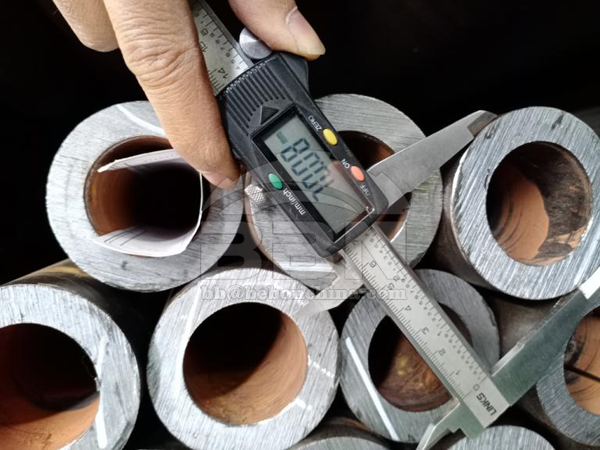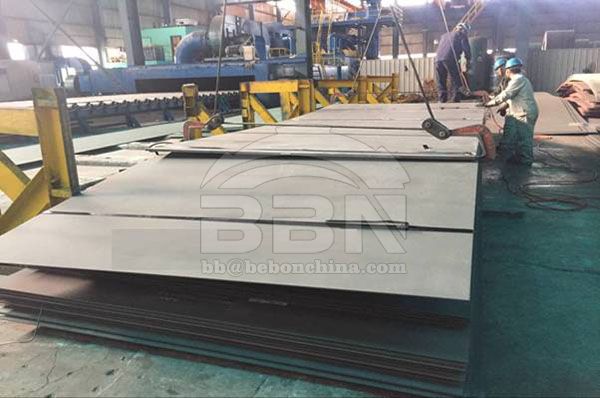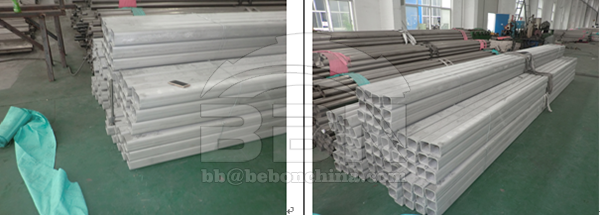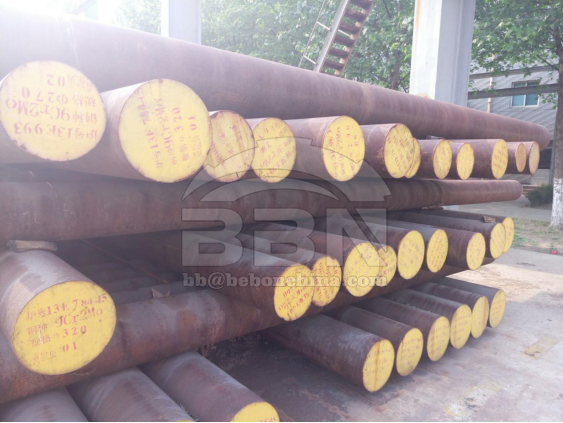
Understanding the fluctuations in Q345 steel prices is crucial for stakeholders to effectively navigate the market. By analyzing historical data and considering key factors, one can gain insights into price trends and forecast future movements.
Several factors contribute to the volatility of Q345 steel prices. These include changes in raw material costs, such as iron ore and coal, which directly impact the production cost of Q345 steel. Market demand, influenced by sectors like construction, manufacturing, and infrastructure, also plays a significant role in price fluctuations.
Monitoring global economic conditions, trade policies, and geopolitical events is essential for understanding the broader market dynamics that affect Q345 steel prices. Additionally, supply and demand imbalances, inventory levels, and import/export trends should be considered when forecasting price movements.
Forecasting techniques, such as statistical modeling, trend analysis, and expert opinions, can be applied to predict future Q345 steel price trends. This enables stakeholders to make informed decisions regarding procurement, production planning, pricing strategies, and risk management.
By comprehensively understanding Q345 steel price fluctuations and employing effective forecasting methods, stakeholders can better adapt to market conditions, optimize their operations, and make strategic business decisions.
Just like you, 70% customers choose long-term cooperation with BBN steel not only for our good product and service quality, good reputation in the international market, but also for our experienced one-stop raw material supply and further steel processing!








Henan BEBON Iron&Steel co.,ltd.